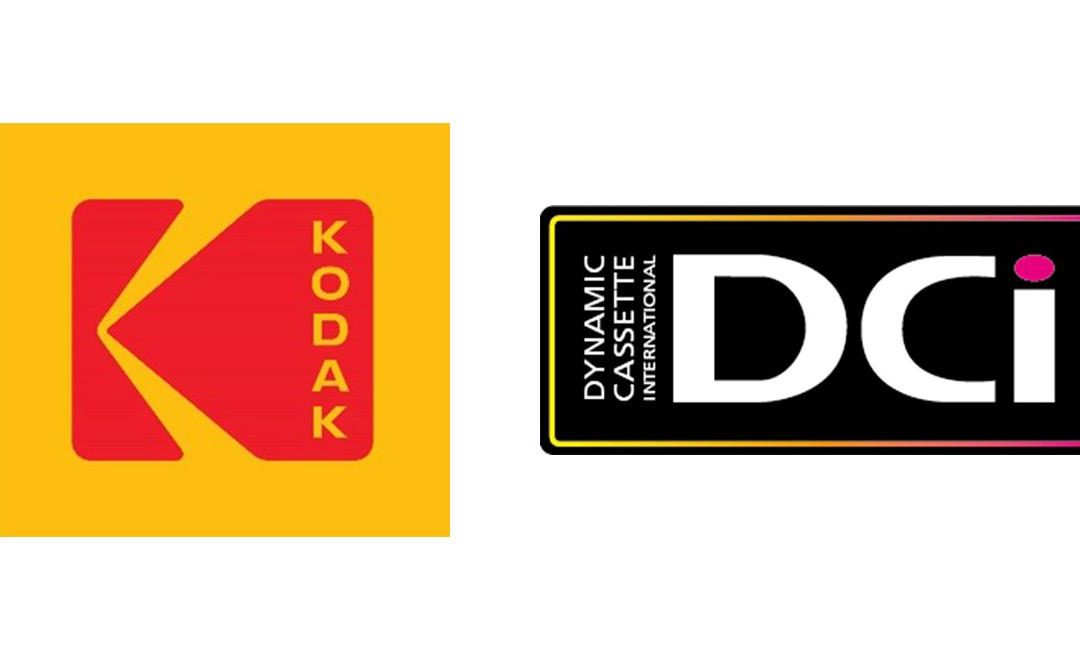
With US companies having to re-think business strategies in the wake of the well-documented trade war with China, additive manufacturing could receive a major boost.
As an article penned by Harvard Business Review’s RichardA. D’Aveni suggests, the current conflict “spells trouble for American manufacturers with global supply chains” and suggests businesses “seriously consider embracing a new manufacturing technology that’s now ready for prime time: 3D printing.”
As D’Aveni explains, 3D printing is “now moving into mass production”, meaning these kinds of printers can “compete with conventional manufacturers at volumes of tens or even hundreds of thousands of units.”
Using 3D printers to create parts in small American factories would “cost nearly the same” as having the parts made in large-scale Asian factories, meaning that 3D printing decreases supply chain risks as well as weakening “China’s advantage in manufacturing.”
However, the article cautions that getting businesses onboard with additive manufacturing will take “time and effort” and engineers will face “a steep learning curve”.
However, once the learning process is complete, companies could reap considerable benefits, suggests D’Aveni, because 3D printers are “so versatile” and can “keep the factory’s capacity utilisation high.”
In addition, he comments that “the more companies you have on the platform, the stronger your platform will be” – meaning that pan-industrials “could eventually create dominant ecosystems based on their integration platforms.”








